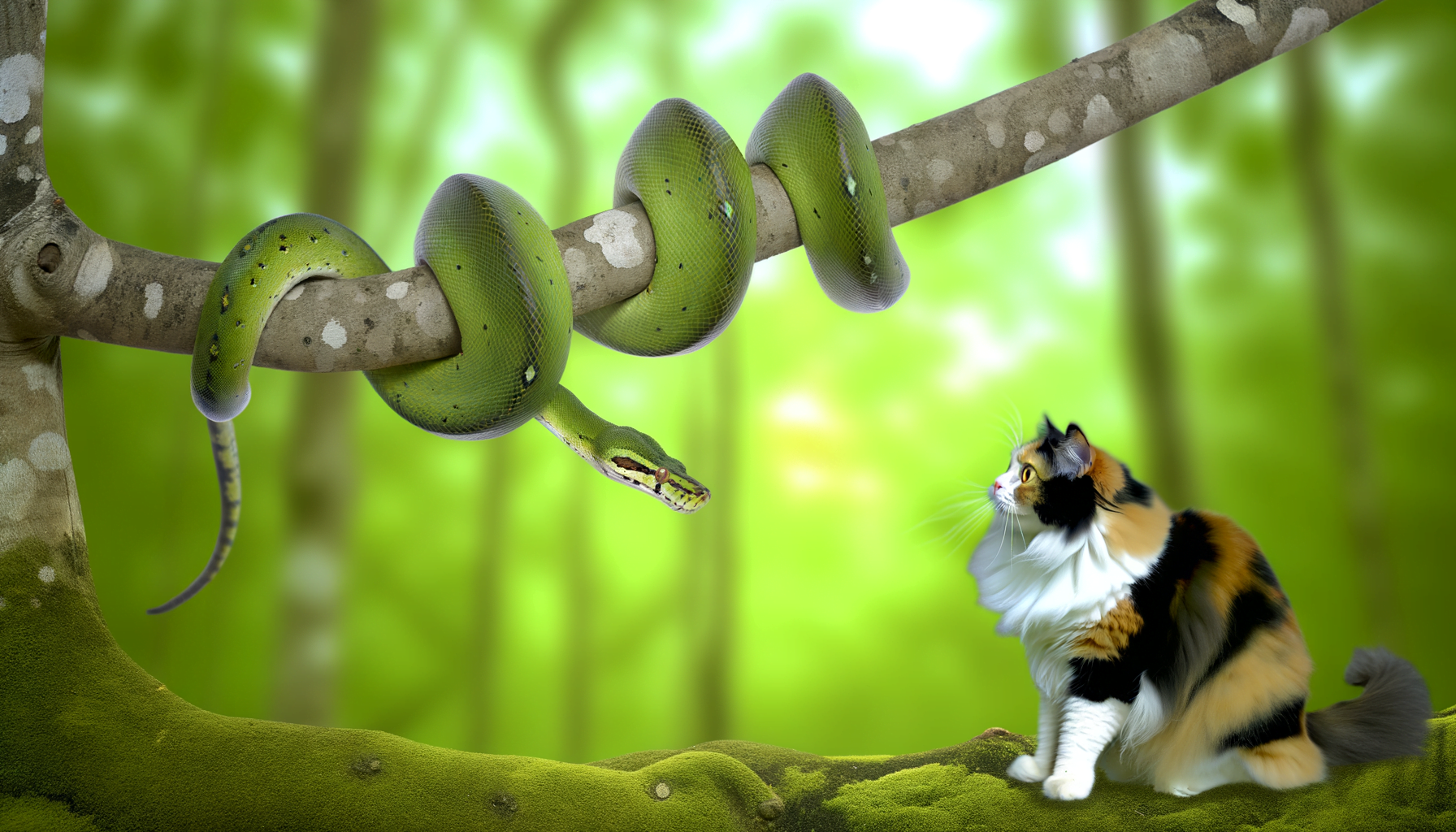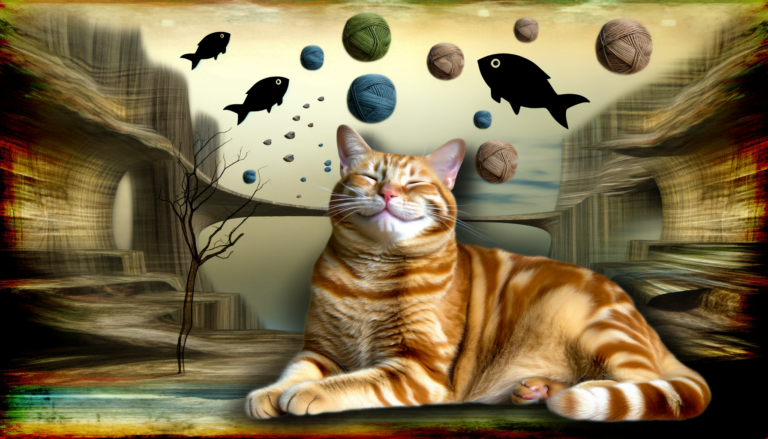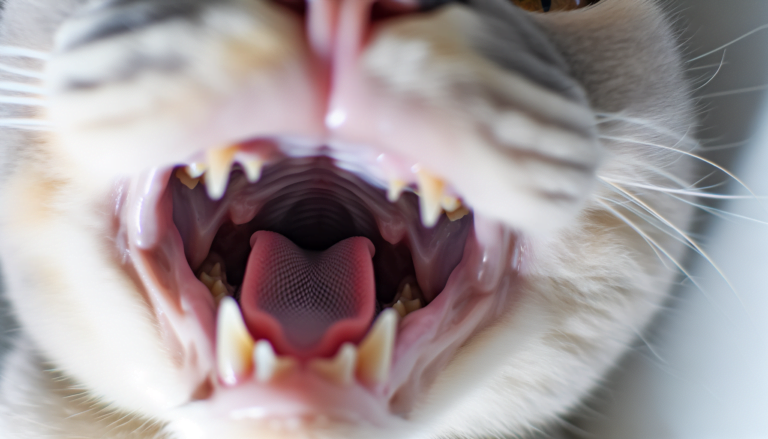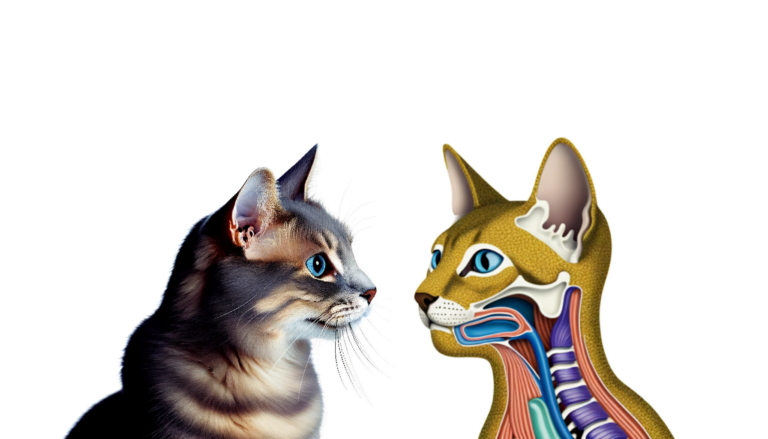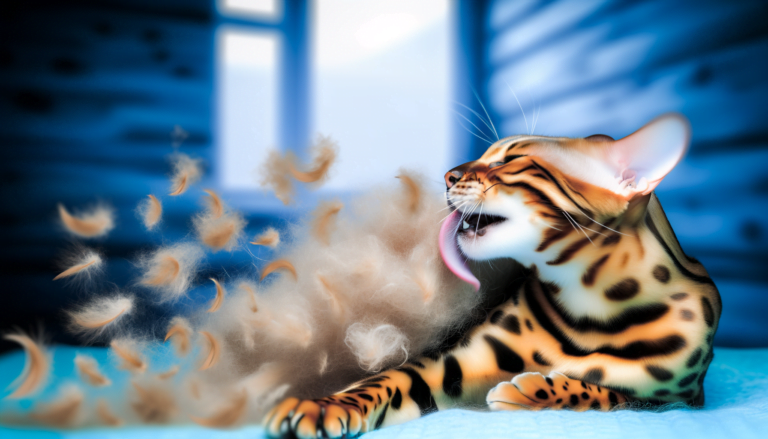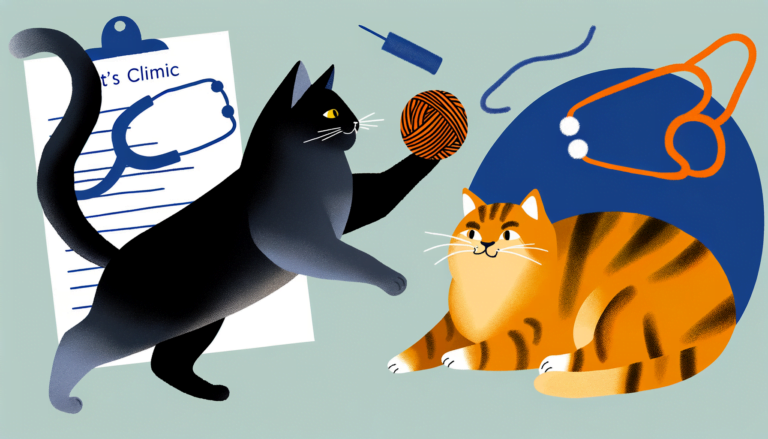Unraveling the Myth: Do Snakes Really Pose a Threat to Cats?
Yes, snakes can kill cats. Certain species of snakes, particularly the venomous ones, can pose a lethal threat to cats. If a cat encounters a venomous snake and is bitten, the snake’s poison can potentially cause fatal harm. However, it’s important to note that many variables come into play, such as the type of snake, the number and location of bites, and the immediate actions taken following the incident. Witnessed or suspected snake bites in cats necessitate urgent veterinary attention to ensure the best possible outcome for the feline.
Understanding the Natural Predators of Cats

While we traditionally view cats as predatory creatures, they are not exempt from becoming prey themselves in certain situations. In their natural habitats, cats may face a variety of potential predators, from larger mammals and birds of prey to reptiles. Natural predators of cats primarily include creatures like coyotes, eagles, and owls, which can pose a significant risk, especially to smaller and domestic cats.
Beyond these common predators, there also exists a unique segment of reptiles that have potential to pose a threat to our feline friends. Snakes, in particular, have been perceived as dangerous predators to cats. This notion largely springs from their ability to strike quickly and the venomous nature of some species. In reality, however, not all snakes are a threat to cats. The danger greatly depends on factors such as the snake’s size, species, and venom potency.
The perpetual conflict between predator and prey in the animal kingdom contributes to the constant evolution and adaptation of each species. Understanding these dynamics can help us better cater to the needs and safety of our beloved pets. By staying informed about the potential threats cats face from natural predators, we can create safer environments for them to thrive.
Ways to Protect Your Cat from Snakes

When it comes to feline safety, implementing deterrent measures against potential snake encounters forms an essential strategy. Opting for enclosed outdoor spaces, such as cat patios or ‘catios’, can ensure a controlled environment wherein your cat enjoys outdoor privileges yet remains safe from unexpected snake interactions.
Next, regular yard clean-ups reduce possible snake habitats. Snakes are inclined to hide in clutter, for instance, woodpiles, dense vegetation, and accumulated debris. By maintaining your yard clean and clutter-free, you minimize snake-friendly spots, thus decreasing the likelihood of both snake residence and consequent encounters.
Lastly, a strategic layout of snake deterrent plants like marigolds and lemongrass coupled with usage of specific repellents could keep snakes at bay. These aroma-producing plants and specialized products disorient snakes and deter them from entering your property. However, always ensure that the chosen plants or products are cat-friendly to negate any consequential harm.
Documented Instances of Snakes Attacking Cats
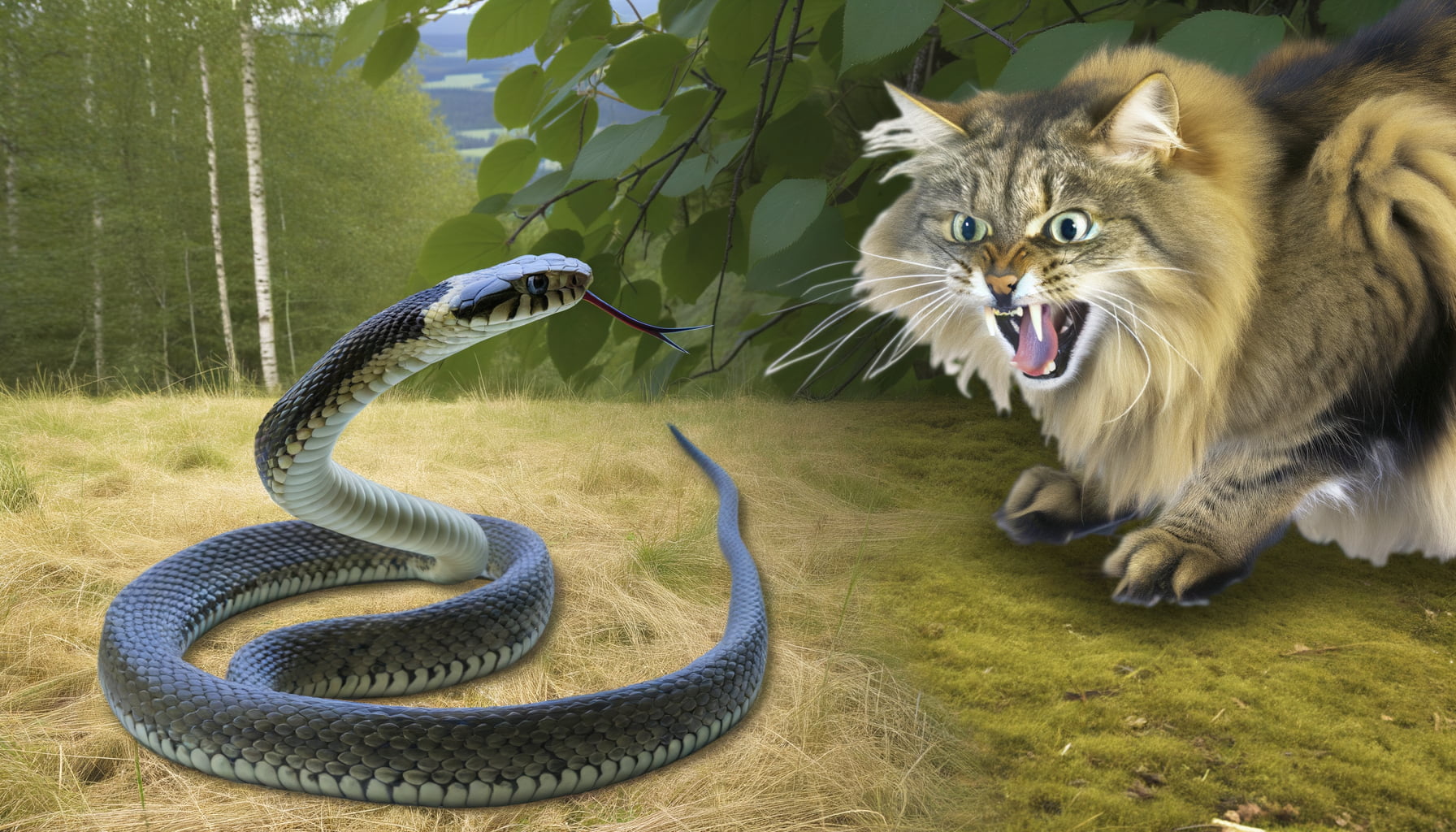
In our exploration of the crossroads between feline and serpentine creatures, documented instances of snakes attacking cats are few but notable. While these encounters may often result in escape or mutual indifference, there are cases where snakes have shown predatory interest in household cats. Importantly, the likelihood of such events hinges predominantly on geographical location, the species of snake involved, and the defensive abilities of the cat.
One substantiated case happened in Australia, involving a deadly Eastern Brown Snake. A video capturing the incident shows the snake lunging towards the cat, a display of bursty behavior true to its generally perplexing nature. It should be noted, however, that nonvenomous snakes are more inclined to flee than fight, often viewing cats as bigger threats to them. This implies that instances of attacks can depend on the snake’s interpretation of threat levels.
Another compelling case comes from Florida, USA, where a Burmese python, an invasive species, was discovered consuming a neighborhood cat. This reminds us of the burstiness nature of these events, as they are relatively rare but potentially severe incidents. It should serve as a reminder that while snakes do not typically pose a significant threat to cats, certain species in certain locations can be hazardous.
Potential Threats from Snakes to Cats
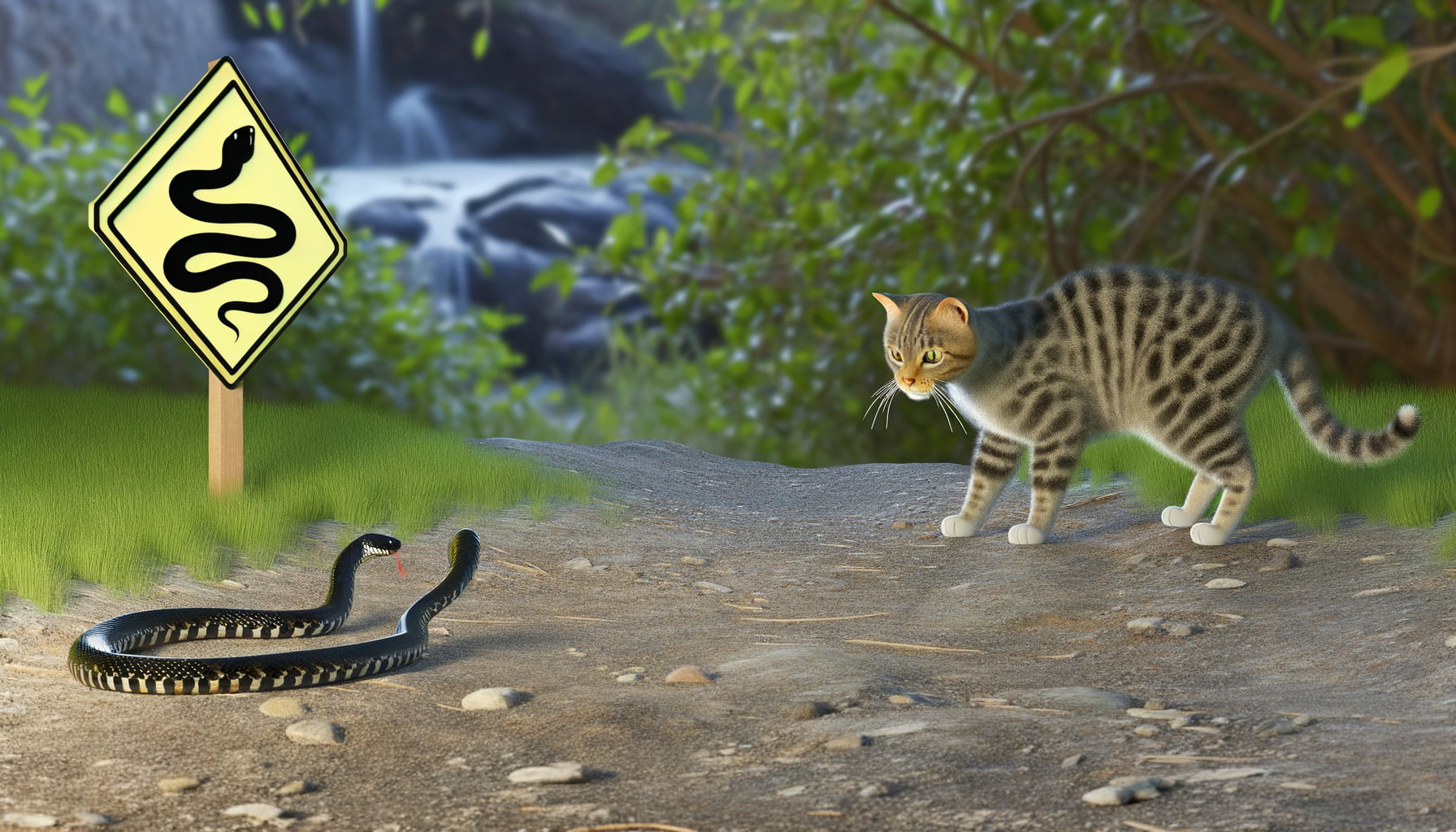
Cats, with their innate predatory instincts, might find a snake to be a fascinating creature to stalk. However, this curiosity could lead cats into peril. Snakes – particularly venomous kinds – potentially pose a threat to cats. Much depends on factors such as the snake’s size, species, and the situation in which the encounter occurs. An agitated snake, for instance, is more likely to strike in self-defense.
The danger escalates when the encounter is with venomous snakes, capable of inflicting lethal bites. Serpents like rattlesnakes, copperheads, and water moccasins in North America, and death adders, tiger snakes, and brown snakes in Australia, have venom potent enough to cause serious harm, or even prove fatal to pets, including cats.
It’s essential to understand that not all snakes pose a threat to cats. Non-venomous snake species and smaller snakes, unable to subdue a cat, generally prefer to steer clear of trouble. Nevertheless, the potential risks of a snake-cat encounter, especially featuring venomous snakes, cannot be overlooked due to their potential to cause significant harm.
Conclusion
After thoroughly examining the evidence and debunking common myths, it is clear that snakes do not pose a significant threat to cats. While caution is always advised when encountering wildlife, the fear of snakes harming felines is largely unfounded. By providing accurate information and dispelling misconceptions, we can ensure a better understanding of the true relationship between these two creatures.
It is essential to approach the topic with a critical eye and rely on factual evidence rather than speculation. By unraveling the myth surrounding snakes and cats, we can foster a sense of harmony and coexistence between these animals, ultimately promoting a more informed and peaceful cohabitation in our shared environment.
